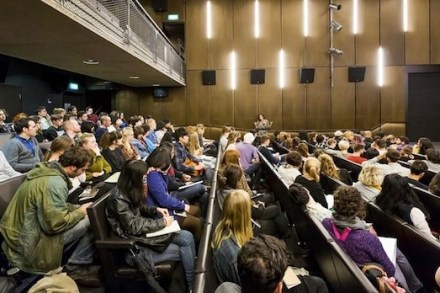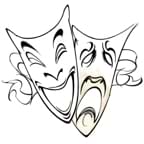Why are students of curation being taught to ignore the public and be suspicious of enterprise?
More from ArtsThe world exists and then it disappears, piece by piece, the gaps widening until one age is replaced by another, leaving only fragments of the past. With luck, these pass through the hands of curious collectors dedicated to bridging the gaps formed by the desecrations of time, before reaching a terminus point in a museum






























